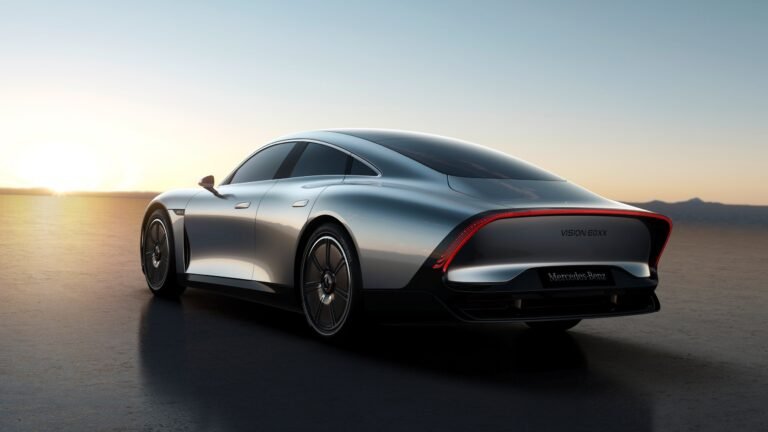Knowledge as a Disrupter in the Networked Practice of UNStudio
Knowledge as a Disrupter in the Networked Practice of UNStudio

After the first years of launching their architectural practice, Ben van Berkel and Caroline Bos renamed their practice to ‘UNStudio’. Short for United Network Studio, the change of name stands symbolic to the knowledge based, networked nature of the firm, which has grown to expand to 6 offices worldwide today.
In contrast to their generation of architects characterized by star–architect brands, the choice to focus on the network of talents that work on the well-known project of the studio, stands out and reflects the approach in design and innovation that is echoed throughout the organization. Rather than forming departments, the multi-unit company breaks down to different knowledge practices that strategically collaborate from their own fields of expertise. Bringing in diverse perspective on matters of space, the day-to-day practice in their offices is strongly focused on growing, sharing and challenging knowledge.

This morphosis of an architectural firm to units of knowledge, is rooted in appreciation of experiment, iteration, testing, failing, failing better, and succeeding by harvesting knowledge from the network and bringing it into a shared practice. Behind the showcases of experiment that lead to novel façade solutions or structural innovations, experiment is derived from thought leadership that tests the boundaries of architecture, setting the network up to disrupt the way we think about the way our built environment is used. A flagship of this is the publication ‘Knowledge matters’, a book written to help architects to run a better studio and to share knowledge. It does so by critically engaging the expanded set of demands now placed upon the profession – reframing these demands as the latent potentials of performative architecture in the 21st century. These potentials are explored, realized and speculated upon through the book’s 11 ‘Knowledge Tools’, that for instance, give holistic solution to creating affordable, sustainable, attainable, and healthy lifestyles through architectural design.

Transcending the architectural practice with experience design
The latest step forward from the evolution of the knowledge network is the introduction of the UNSx, UNstudio’s Experience Design team. The team of multidisciplinary talents, designs new materials, product-service systems, microarchitecture solutions, interiors, buildings, and urban masterplans. Although their bold assemblage of backgrounds, the tight-knit group is connected through their shared mission to design human-centric experiences that allows end-users to interact with their environment in healthier, more playful, smarter or sense-provoking ways. Transcending the architectural practice by the use of a broad set of design skills allows them to create a total experience rather than a spatial design.

The Director of the team, Filippo Lodi, recognizes the unfair advantage that Ash Ali and Hassan Kubba talk about in the way knowledge is exchanged in the UNSx team. “It manifests itself in the team through the diverse vocabularies the team taps into when talking about design. From ethnographic approaches that speak of shadowing users, and mapping user touchpoints to architectural terminology that speaks of vernaculars and parametric design, it’s through sharing these different perspectives and the knowledge behind it, that a new type of practice arises from the multidisciplinary team.”

Cross-Disciplinary Approach to Human-Centric Design
The results of the cross-disciplinary collaborations of the UNSx team feed into designs that focus on creating a design that is part of an ecosystem rather than a stand-alone end product. By starting from a stage of user research and creating empathy and insight towards the end-user the design values change. Rather than testing a design to how many square meters it provides for whom it’s valued by how much impact it can have on local businesses, culture creation and social cohesion. Moving from metrics to user impact the post-traditional design team shifts from designing a new office to facilitating a new way of working and from designing a home to a new mode of dwelling. Surpassing architectural design moving towards a more holistic concept of designing an experience.

From beginning to end the process centers on the end-users, their needs, their motivations and emotions. By observing how end users use products placed in environments insights are gained to adjust product design to better-fit habits, to observing how citizens commute through a city to unveil opportunities of utilizing space in a meaningful way during and after the realization of buildings and masterplan designs.

Pushing the boundaries of the role of architecture
The human-centric approach of the team is attracting a new generation of clients that come to collaborate with the team. Other than the usual suspects who knock on the doors of architectural firms, the team gets commissioned assignments that focus on establishing urban and product ecosystems. One of their current challenges is to solve socio-cultural issues in urban areas by creating a design solution that helps to establish resilient communities, a commitment that demands a more-than-human understanding of inclusive design. Through collaborations with external partners, that inclusivity spans beyond the human scale. With the help of climate experts and sustainability engineers, the team gathers data on non-human actors that are part of the ecosystem f a design and introduces novel solutions to the architectural world such as The Coolest White. The whitest white paint, outside any color chart, reflects the heat of the sun back from the surface so forcefully it aids the cooling of the built environment and brings relief to the effects of rising temperatures for all living entities surrounding the area.

Transcending the traditional brief, approach and delivery of architectural design, UNSx, therewith sets out to bring impact, not only on the lives of end users, our days at work or home, the ecosystems we are part of and the resilience it gives to a more than human community but as well and perhaps most significantly on architecture as a practice as the unit’s way of doing is showing the potential of architecture as part of the human experience.



